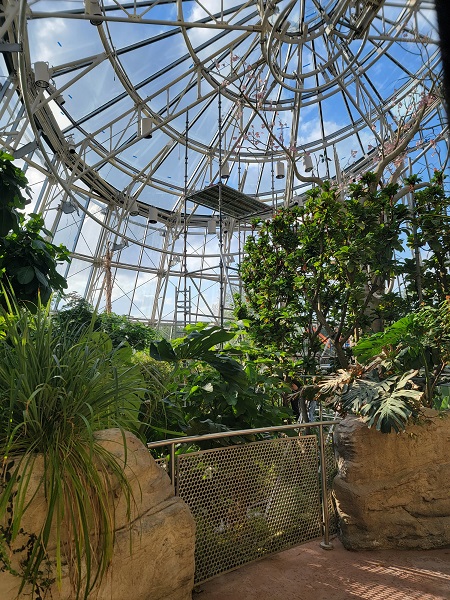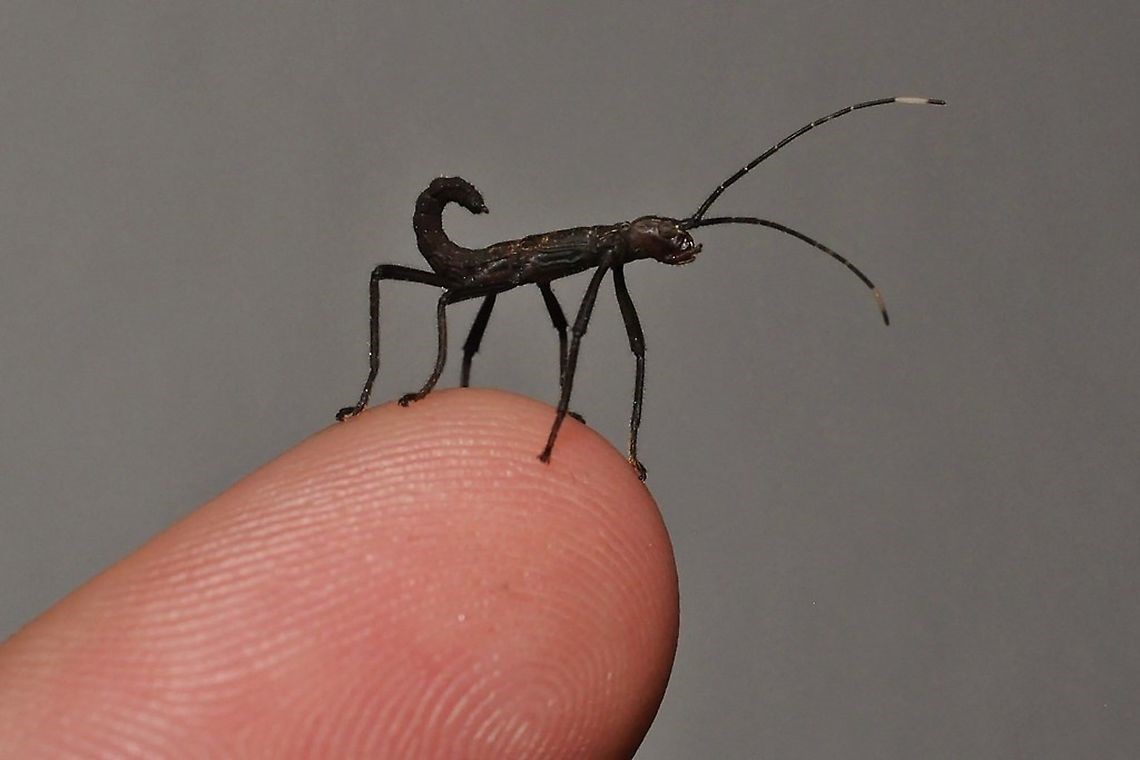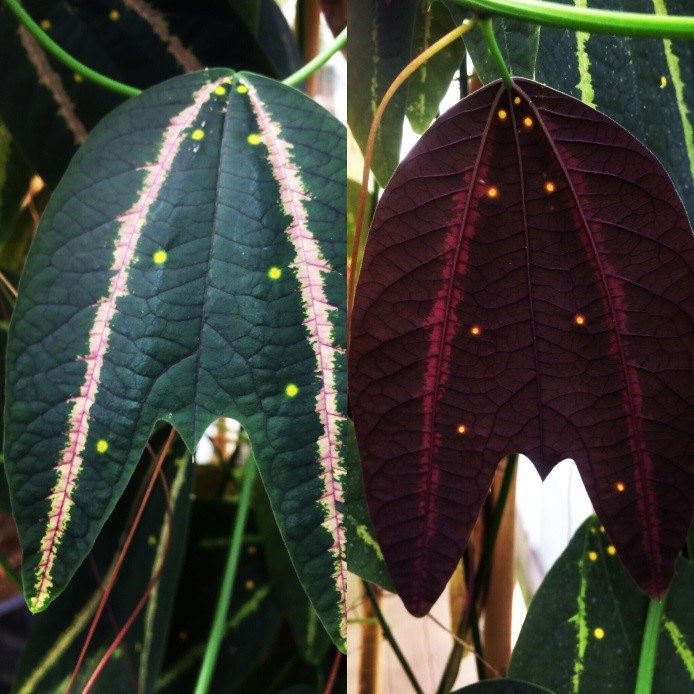Get ready to see huge, ferocious, carnivorous insects and other animals feast on their prey in front of your very own eyes!
Every Friday throughout the summer, the Cockrell Butterfly Center will be hosting the Friday Feeding Frenzy, where we will be feeding live animals for your viewing pleasure at 9:30 a.m., 10 a.m., 10:30 a.m., and 11:30 a.m.. The cost is included with admission to the Butterfly Center.
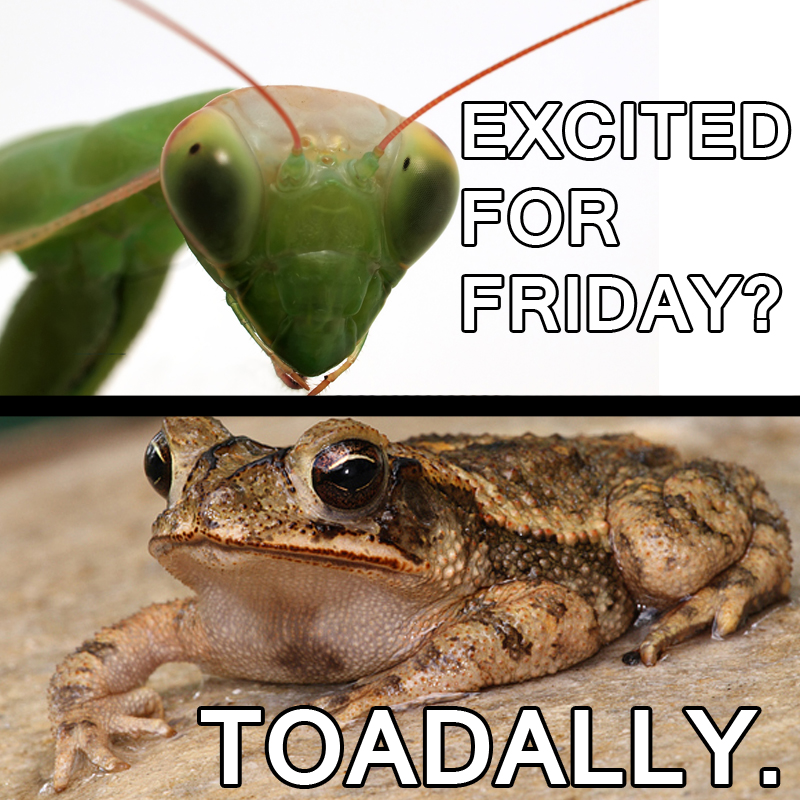 We have several arthropods and even some reptiles and amphibians that we will showcase. Here is a little about the line-up for this Friday (note: it changes weekly).
We have several arthropods and even some reptiles and amphibians that we will showcase. Here is a little about the line-up for this Friday (note: it changes weekly).
GREEN TREE PYTHON
Morelia viridis
 Our green tree pythons, Boo and Hiss, will be ready to dine on mice! These snakes are native to Indonesia, Australia, and New Guinea. Pythons are non-venomous snakes that subdue their prey by constricting. Their food consists mostly of small mammals and the occasional reptile. They lay in wait, curled around a tree branch. When potential prey approaches, they strike from an “S” position, using their tail as an anchor to the branch. Once their prey is snagged, it’s lights out!
Our green tree pythons, Boo and Hiss, will be ready to dine on mice! These snakes are native to Indonesia, Australia, and New Guinea. Pythons are non-venomous snakes that subdue their prey by constricting. Their food consists mostly of small mammals and the occasional reptile. They lay in wait, curled around a tree branch. When potential prey approaches, they strike from an “S” position, using their tail as an anchor to the branch. Once their prey is snagged, it’s lights out!
GIANT ASIAN MANTIS
Hierodula membranacea
 This praying mantis, one of the largest species, comes from Southeast Asia. Mantises are ambush predators and have several features that ensure their success in catching prey.
This praying mantis, one of the largest species, comes from Southeast Asia. Mantises are ambush predators and have several features that ensure their success in catching prey.
Due to their amazing camouflage, praying mantises can resemble either living or dead parts of plants, flowers, tree bark, stones, or sticks. Not only does this help conceal them from predators, but it keeps potential prey oblivious to their presence.
An insect that wanders too close is quickly snagged by raptorial front legs (read: legs specialized for grabbing) and held still by several tough spines. The mantis uses chewing mandibles to eat its victim alive.
Mantises have excellent vision at close range and can see as far as 20 meters. Their eyes are large and located on the sides of their heads, allowing the insect to see all around them. They can keep their eyes on potential prey by inconspicuously moving their heads up to 180 degrees. Nothing can escape their field of vision.
Most mantises feed on smaller insects, but some giant species can take down small reptiles, amphibians, and even rodents.
GIANT CENTIPEDE
Scolopendra heros
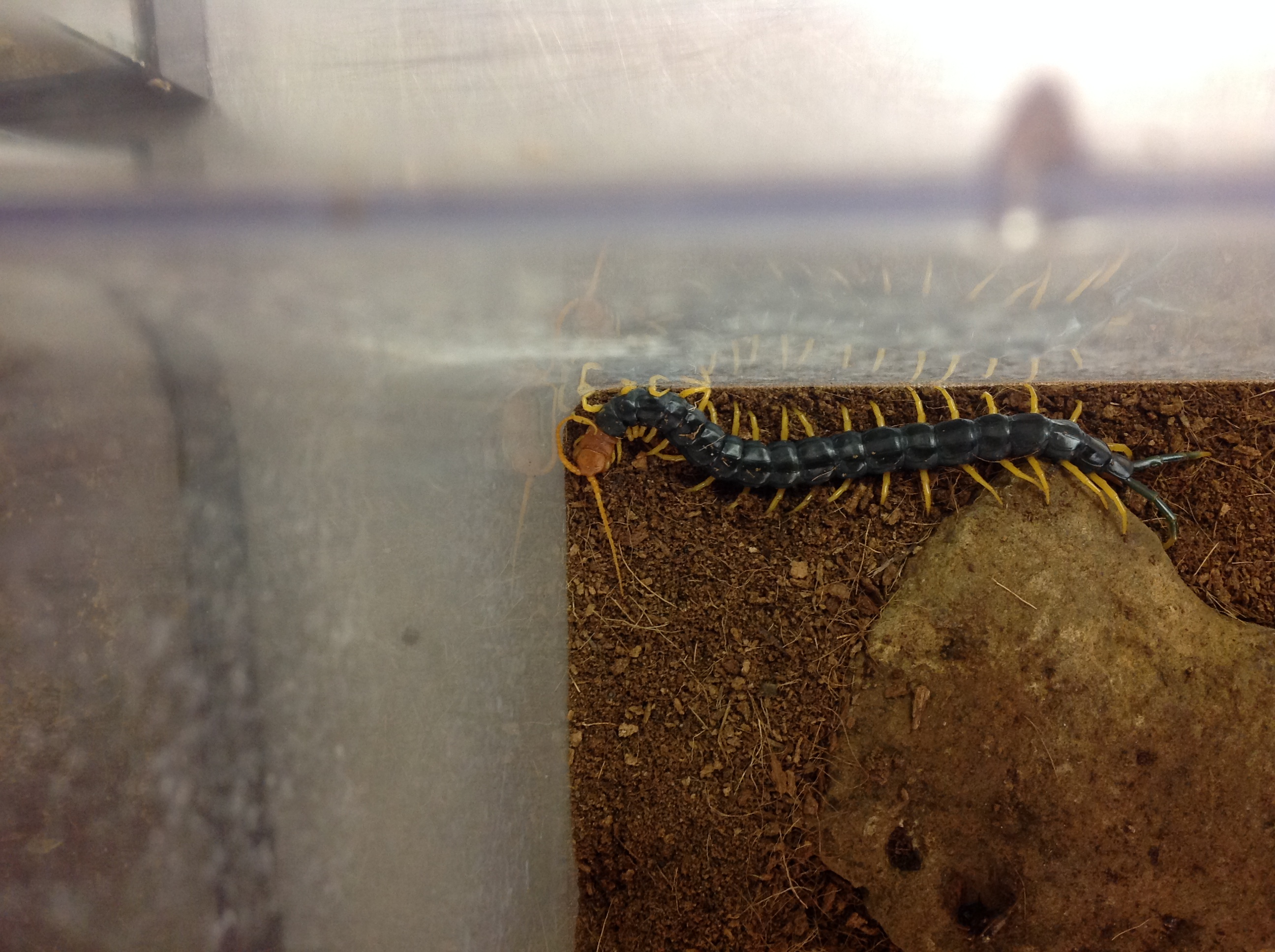 Centipedes are predatory, long-bodied arthropods with many pairs of legs — 1 pair per body segment. Centipedes are venomous and can be dangerous, so they are not to be confused with the congenial millipede, which poses no threat to humans and has four legs per body segment.
Centipedes are predatory, long-bodied arthropods with many pairs of legs — 1 pair per body segment. Centipedes are venomous and can be dangerous, so they are not to be confused with the congenial millipede, which poses no threat to humans and has four legs per body segment.
This centipede, also known as the giant red-headed centipede, can run very quickly to pursue prey. Once caught, the prey is bitten repeatedly by two fangs, which inject venom to immobilize and kill. Then the meal is devoured!
Giant centipedes of this and other similar species are found in Mexico and the southwestern United States. The coloration, known as aposematic or warning coloration, serves as a message to other animals: “Touch me and you’ll get more than you bargained for!”
A bite from one of these can cause intense pain that lasts for hours or days and can cause a severe reaction in someone who is allergic. These hunters take down smaller arthropods, small reptiles and amphibians, small rodents, and have even been known to hunt tarantulas.
WOLF SPIDER
Hogna carolinensis
 This is the largest species of wolf spider found in the United States. Most wolf spiders are large and can sometimes be confused with tarantulas.
This is the largest species of wolf spider found in the United States. Most wolf spiders are large and can sometimes be confused with tarantulas.
The name “wolf spider” refers to their hunting behavior. They don’t build a web designed to ensnare prey, but actively seek out their prey. Sometimes they wait to ambush their prey and at other times they chase it for a short distance.
Wolf spiders inject venom into their prey to immobilize it. They then use digestive enzymes to liquify the insides and then slurp it up through a tube that leads to the stomach.
Wolf spiders have no interest in biting people, but will if provoked. The severity of their bite has been compared to that of a bee sting.
GOLIATH BIRDEATER TARANTULA
Theraphosa blondi
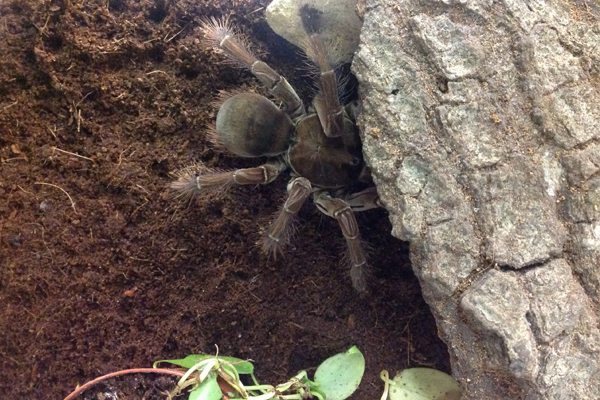 This is the big momma of all tarantulas and regarded as the largest spider in the world. They can reach a weight of 5.3 ounces (more than a Quarter Pounder) and have a leg span of 12 inches (about the size of a dinner plate!). The name “birdeater” is a misnomer as they do not eat birds, although they could.
This is the big momma of all tarantulas and regarded as the largest spider in the world. They can reach a weight of 5.3 ounces (more than a Quarter Pounder) and have a leg span of 12 inches (about the size of a dinner plate!). The name “birdeater” is a misnomer as they do not eat birds, although they could.
They are native to marshy swamplands in South America, and like other large spiders, they feed on mostly insects. However, because of their size, they often go for small reptiles, amphibians, and rodents.
If threatened, these tarantulas can produce an eerie hissing noise by rubbing together setae on their legs. If that doesn’t creep you out enough to stay away, watch out for the urticating hairs that are kicked off of the abdomen into air. If these hairs come into contact with the skin, you get really itchy. And you don’t even want to know what happens if it gets in your eyes!
Birdie is our resident birdeater and she’s a thrill to watch as she shoves as many crickets into her mouth as possible.
GULF COAST TOAD
Incilius valliceps
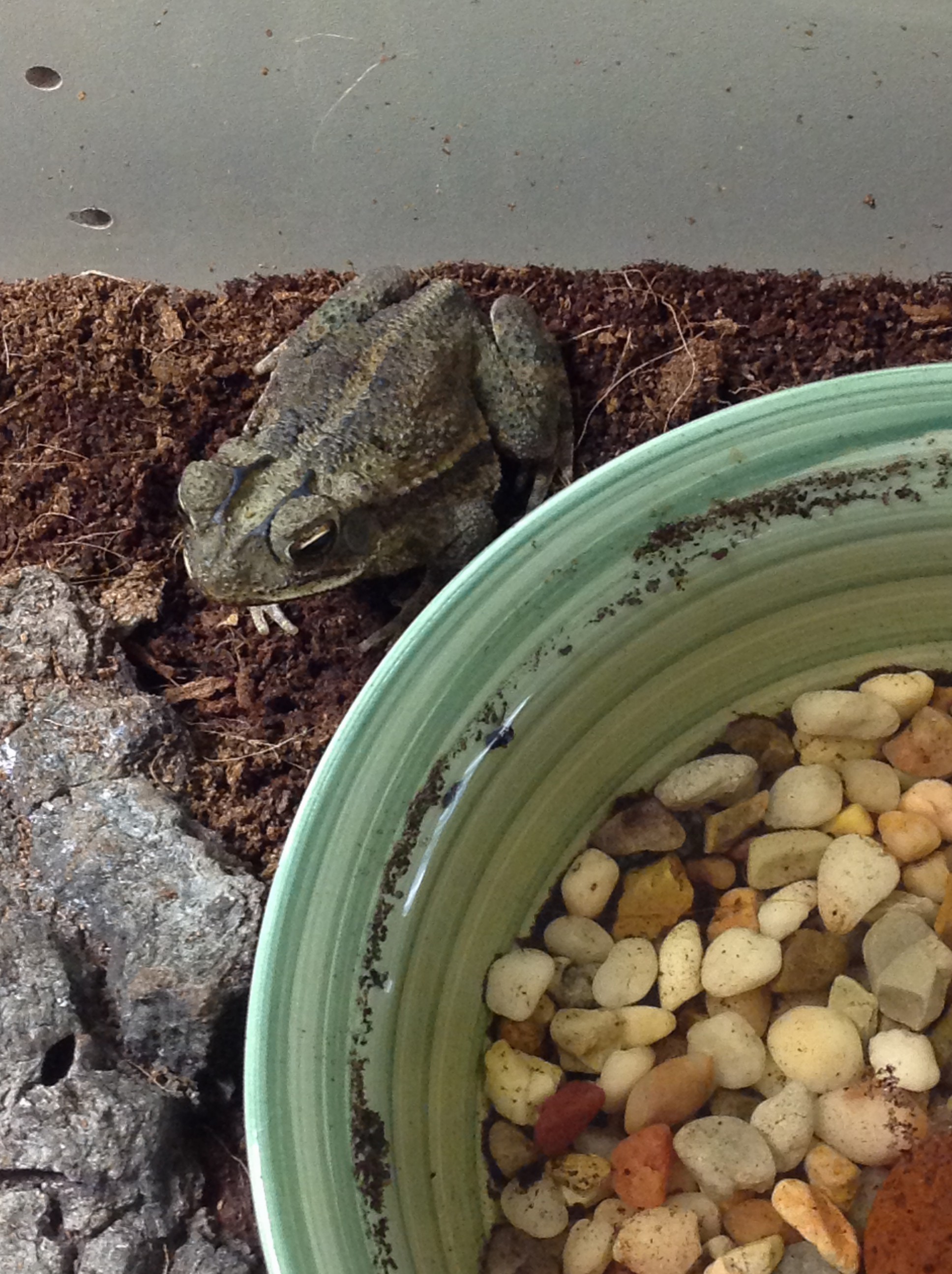 You see those toads everywhere around here — unfortunately, often they are smushed by cars in the street.
You see those toads everywhere around here — unfortunately, often they are smushed by cars in the street.
Well, these guys aren’t getting run over. They get a five-star aquarium and an all-you-can-eat buffet provide by the Butterfly Center! Toads are opportunistic predators and will eat any small animal they can fit into their mouths, so they should be fun to watch.
AFRICAN BULLFROG
Pyxicephalus adspersus
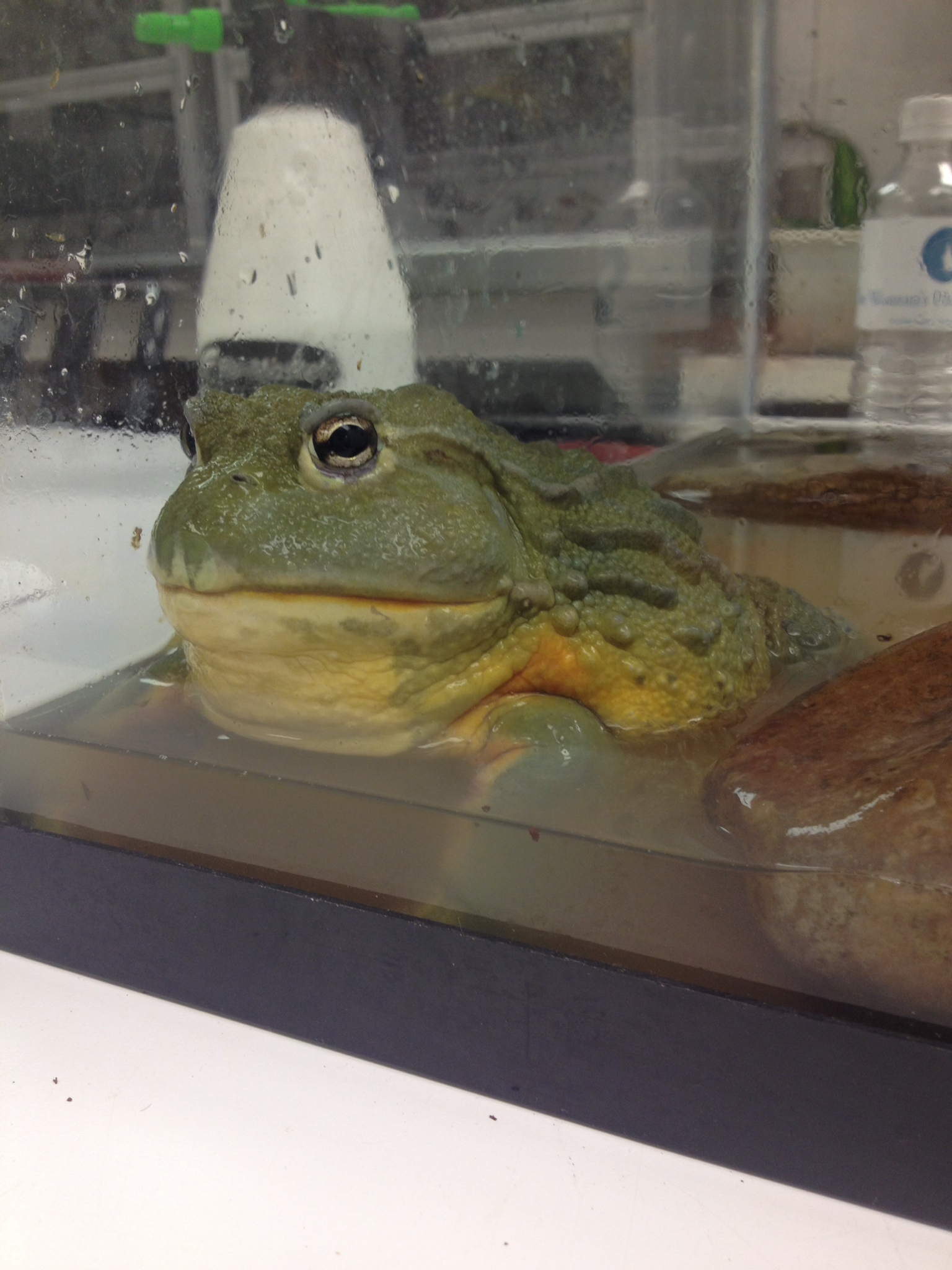 Last but not least, meet Tofu! Tofu is staying with us while his owner, a friend of the Butterfly Center, is in Australia. We promised to take good care of him and feed him well, for all of you to see.
Last but not least, meet Tofu! Tofu is staying with us while his owner, a friend of the Butterfly Center, is in Australia. We promised to take good care of him and feed him well, for all of you to see.
African bullfrogs are huge and the males can reach 10 inches. Like other frogs and toads, they are voracious predators and will eat anything they can fit in their mouths, including small rodents and birds.
African bullfrogs can spontaneously change genders in a single-sex environment — how’s that for a neat trick? Remember how, in Jurassic Park, the dinosaurs were all female, so they weren’t supposed to be able to breed? And remember what happened after frog DNA was added to the dinosaur DNA? Just like African bullfrogs, the Jurassic Park dinosaurs were able to switch their genders and breed, because as they say, “Life will find a way.” Silly humans!
We’re all pretty enamored with Tofu around here, so we can’t wait for you to meet him.
Well, there you have it folks, the Friday Feeding Frenzy line-up! Not only will you get up close and personal with these live animals, but you will also learn some cool facts and be able to ask questions.
While you’re in the Butterfly Center, don’t forget to check out 25 more amazing insects and other arthropods on display, and more than 1,000 free-flying butterflies. See you Friday!



